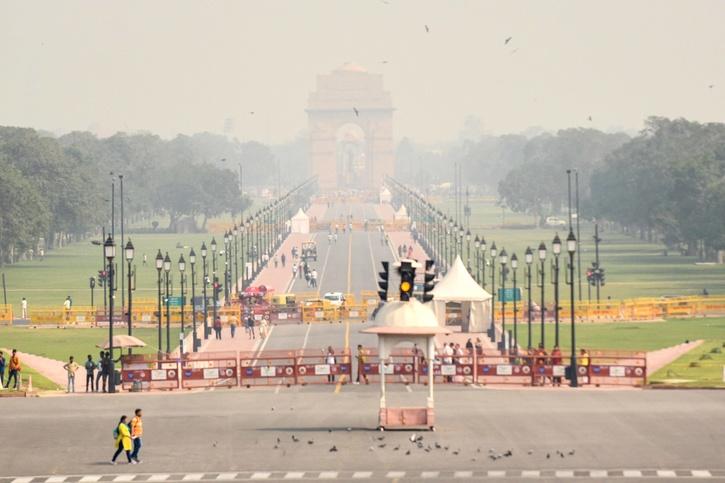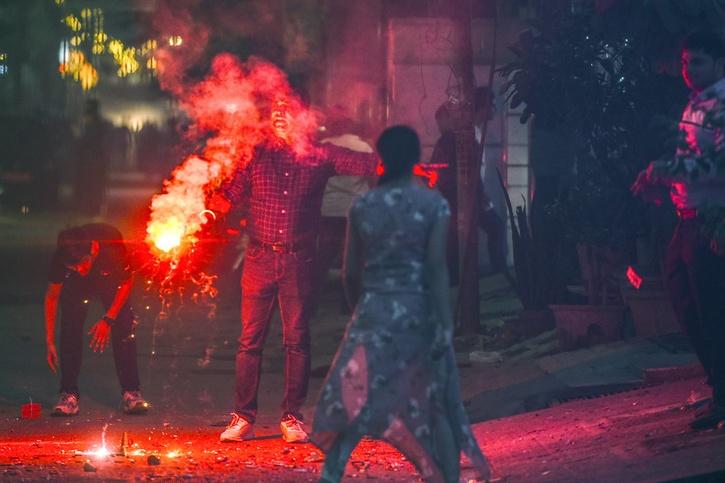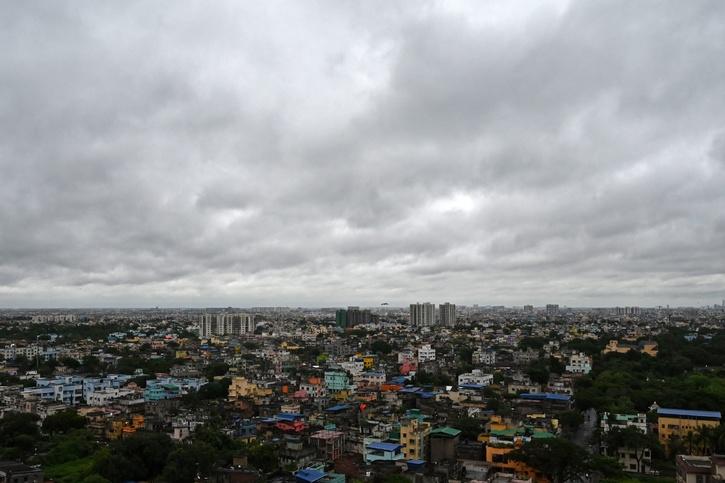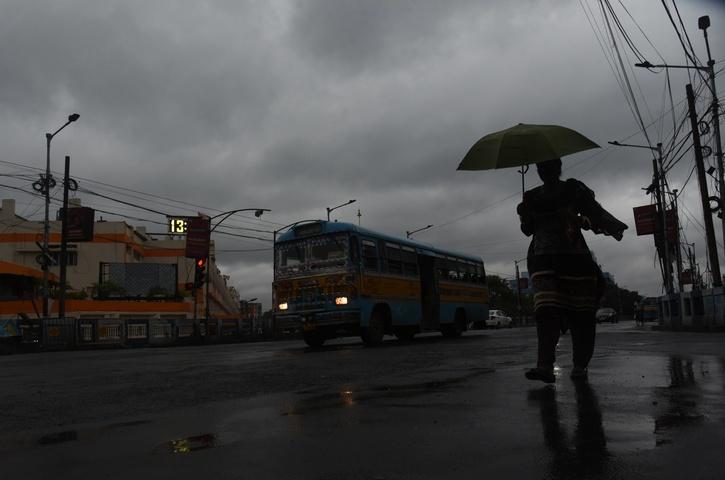Highlights
- On Tuesday, the air quality index in Delhi was 303, compared to 462 last year on November 5, a day after Diwali.
- The cyclonic storm that made landfall between Tinkona Island and Sandwip near Barisal in Bangladesh also brought strong winds with it.
- This led to moderately strong westerly wind flows and dry conditions which aided the dispersal of air pollutants.
Over the past few years, the days after the Diwali celebrations were the most polluted in the national capital and much of north India, with the air quality touching hazardous levels.
But this year, things looked a little different as Delhi woke up to a not-so-hazy morning on Tuesday.

AQI very poor, but better than previous years
On Tuesday, the air quality index in Delhi was 303, compared to 462 last year on November 5, a day after Diwali.
While the air quality was still ‘very poor’ category it wasn’t as bad as in previous years.
Delhi’s air quality further improved on Wednesday morning and stood at 262 at 6 am.
Firecracker ban failed
This is despite the fact that Delhi’s government’s firecracker ban failed miserably and residents across the national capital busted crackers on Diwali like there were no restrictions whatsoever.

So what changed this year? Thank the winds.
One of the major factors that cause the increase in air pollution levels in Delhi in winter is adverse weather conditions – the slow wind speed.
Cyclonic winds cleared pollutants form air
But this year, so far the wind speeds have been good, and it is all thanks to Cyclone Sitrang.
The cyclonic storm that made landfall between Tinkona Island and Sandwip near Barisal in Bangladesh also brought strong winds with it.

This led to moderately strong westerly wind flows and dry conditions which aided the dispersal of air pollutants.
“A cyclone is a low-pressure system, with winds blowing towards the centre of the cyclone. When Sitrang moved towards Bangladesh, winds from north India moved in that direction. Therefore, it exacerbated the airflow in north India. It also drained out moisture from the region,” said India Meteorological Department DG, Mrutyunjay Mohapatra told The Times of India.
“A deep trough in the mid and upper atmosphere over east Uttar Pradesh also reinforced the westerly wind flows in the region,” he added.
Things could change soon
But things could soon change stronger winds can be felt all over northwest India which is one of the reasons behind the calm atmospheric conditions this year after Diwali.
“But winter is approaching. So these conditions will gradually change and we can see calm, colder days ahead,” Mohapatra said.
Clean air in Kolkata too
It is not just Delhi NCR that ‘benefitted’ from Cyclone Sitrang. In Kolkata too the air pollution level on the Kali Puja night of Monday and the morning, which has been reported as the world’s second most polluted in to a recent report of HEI SoGA, came down to a record low in the last 40 years.

Sitrang weakens into depression
Meanwhile, the cyclonic storm Sitrang has further weakened into a depression.
Earlier, it had weakened into a depression over northeast Bangladesh, north-northeast of Agartala and south-southwest of Shillong.

